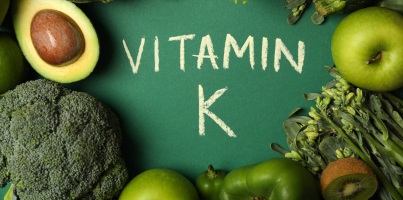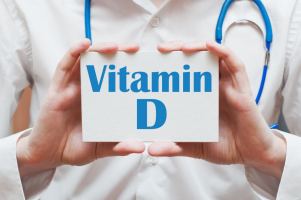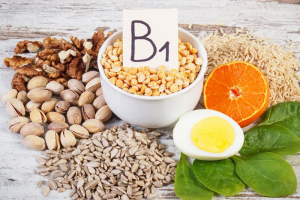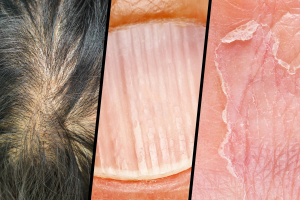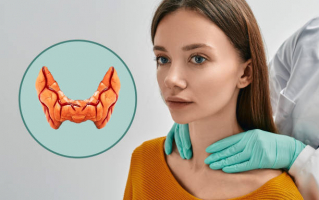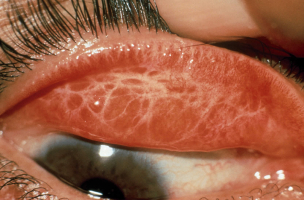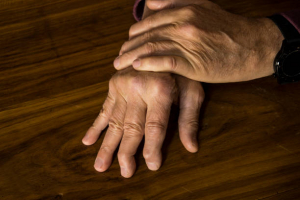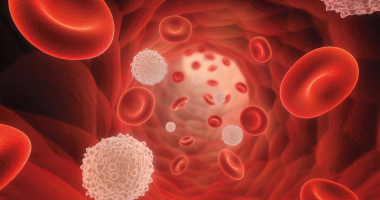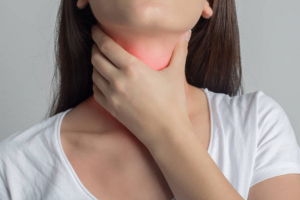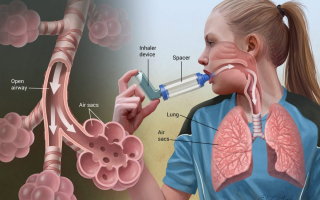Top 10 Signs and Symptoms of Vitamin C Deficiency
Vitamin C is required by your body to help in the healing of wounds, the preservation of healthy bones and teeth, and the absorption of iron. The body ... read more...struggles to produce these molecules efficiently without vitamin C, and problems arise. Scurvy is another name for the deficiency. Below are some signs that you might have a vitamin C deficiency.
-
Vitamin C, a powerful antioxidant, is known for fighting free radical damage to skin cells and may help treat acne. It is essential for the creation of collagen, a protein found in connective tissues such as skin, hair, joints, bones, and blood vessels.
Keratosis pilaris is a skin condition that can develop when vitamin C levels are low. A buildup of keratin protein inside the pores causes bumpy "chicken skin" on the back sides of the upper arms, thighs, and buttocks. Vitamin C deficiency causes keratosis pilaris, which usually appears after three to five months of inadequate intake and disappears with treatment. However, this condition is frequently genetic, although it might also indicate a vitamin A or C deficiency. Skin inflammation can also be caused by a lack of vitamin B2 (riboflavin).
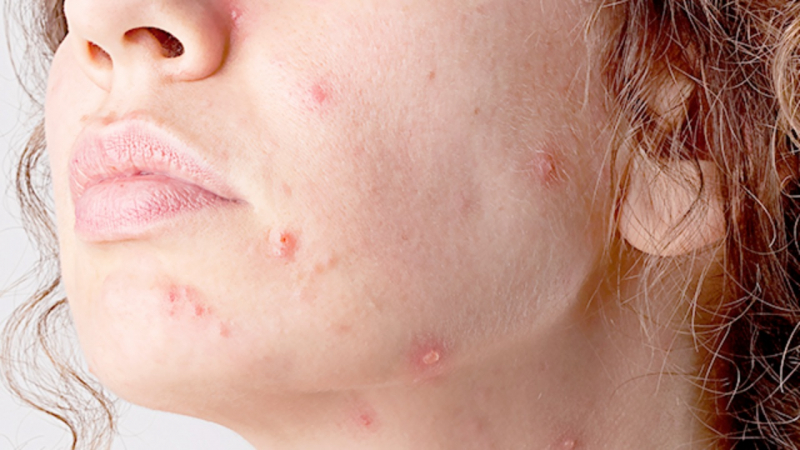
Rough, Bumpy Skin 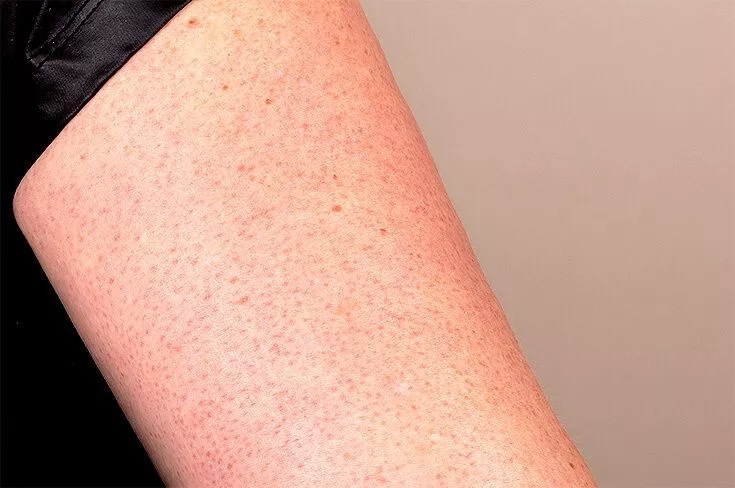
Rough, Bumpy Skin -
Vitamin C deficiency causes scurvy, a nutritional disease. Scurvy can cause pinpoint bleeding around hair follicles, as well as "corkscrew hairs." Due to defects that arise in the protein structure of hair as it develops, vitamin C deficiency can also cause hair to grow in the bent or coiled shapes.
Corkscrew-shaped hair is one of the most common symptoms of vitamin C deficiency, however, you may not notice this sign, especially since damaged hair has a higher tendency to fall out or break off than healthy hair. Hair abnormalities usually disappear after a month of treatment with enough vitamin C.
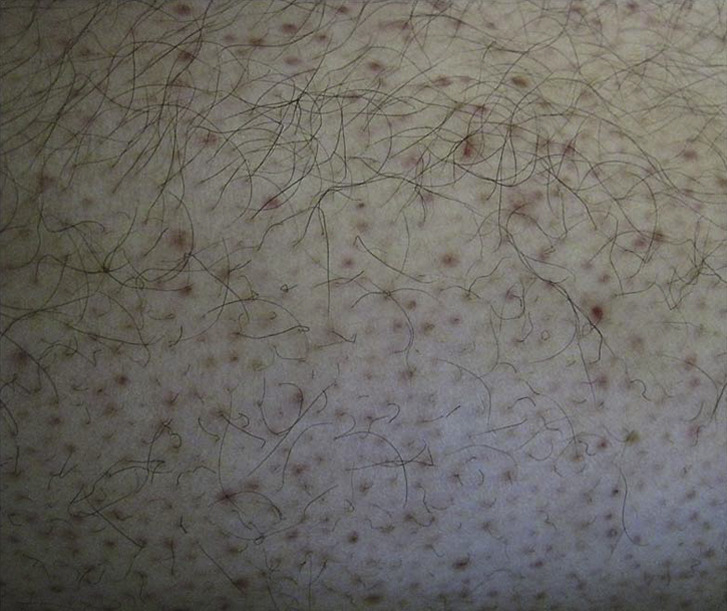
Corkscrew-Shaped Body Hair 
Corkscrew-Shaped Body Hair -
Folliculitis is a common skin disorder that causes irritated hair follicles. Small red bumps or white-headed pimples around hair follicles, the tiny pockets from which each hair grows, may appear at first.
On the surface of the skin, hair follicles contain numerous small blood vessels that supply the region with blood and nutrients. These small blood vessels become weak and break easily when the body is lacking in vitamin C, causing small, bright red spots to appear around the hair follicles. Perifollicular hemorrhage is a well-recognized symptom of severe vitamin C deficiency. Taking vitamin C supplements for two weeks usually resolves this condition.
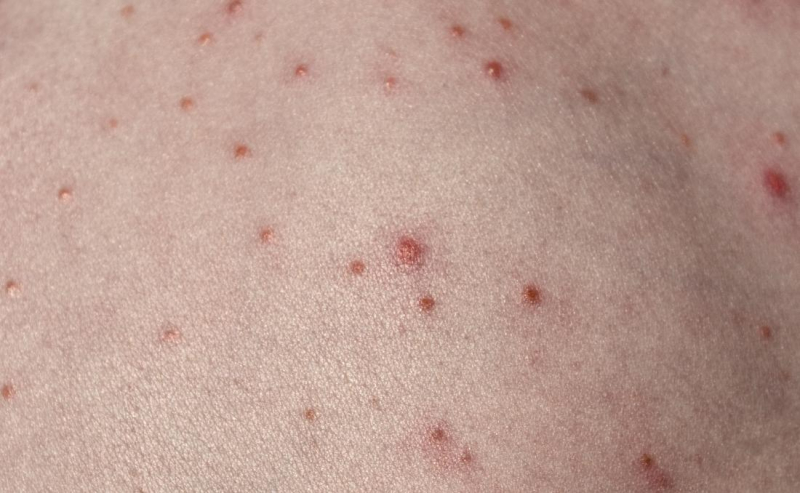
Bright Red Hair Follicles 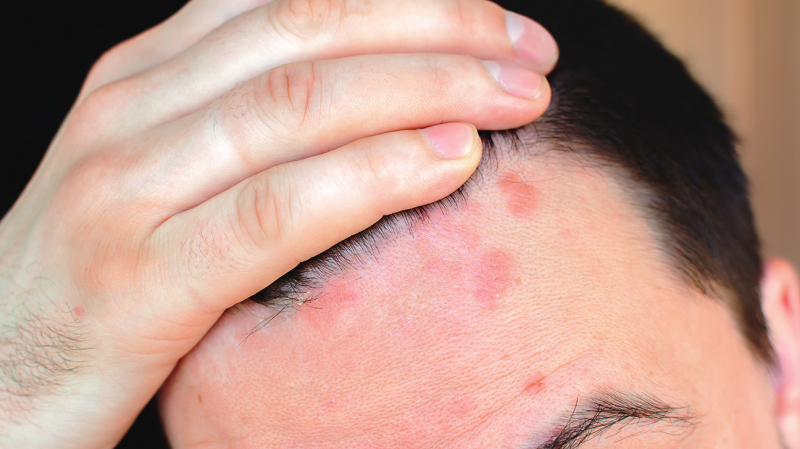
Bright Red Hair Follicles -
Spoon nails (koilonychia) are soft, scooped-out nails. Spoon nails are frequently an indication of iron deficiency anemia or hemochromatosis, a liver condition in which your body absorbs too much iron from the food you eat. But they've also been linked to vitamin C deficiency
Spoon-shaped nails have a concave shape and are usually thin and brittle. Splinter hemorrhage, or red spots or vertical lines in the nail bed, can occur as a result of weakened blood vessels that easily rupture during vitamin C deficiency. While the appearance of fingernails and toenails can help determine the likelihood of vitamin C deficiency, it should be noted that this is not a diagnostic test.
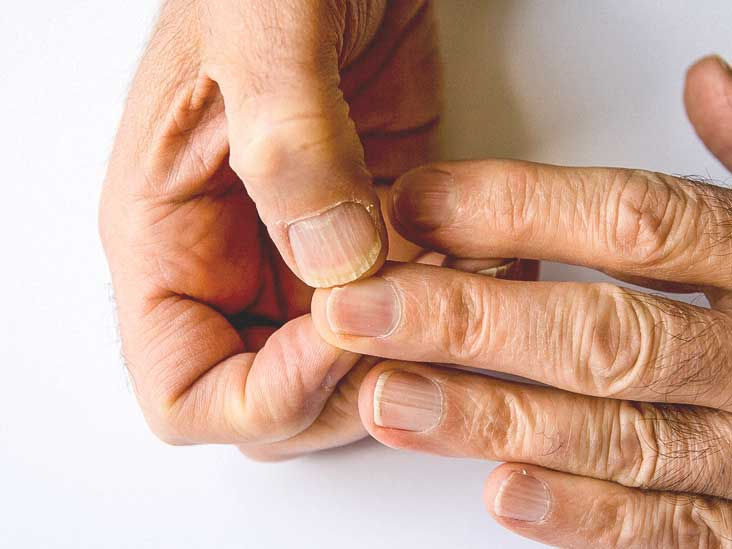
Spoon-Shaped Fingernails With Red Spots or Lines 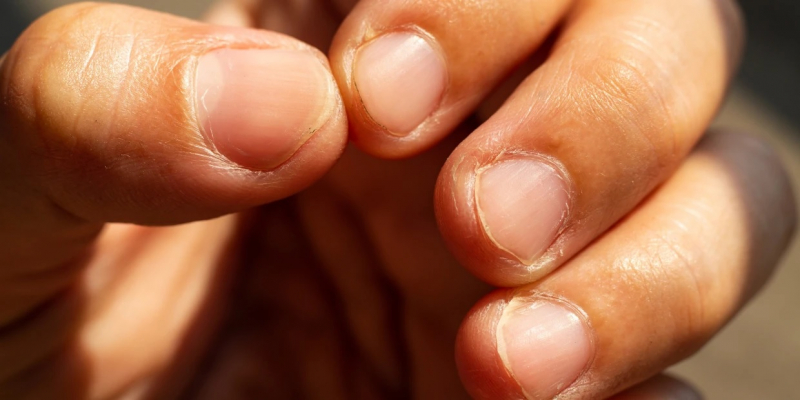
Spoon-Shaped Fingernails With Red Spots or Lines -
Vitamin C is abundant in healthy skin, particularly in the epidermis, or outer layer of skin. Vitamin C keeps skin healthy by preventing oxidative damage caused by the sun and pollution such as cigarette smoke and ozone.
It also encourages the creation of collagen, which keeps the skin appearing plump and youthful. Vitamin C intake is linked to enhanced skin quality, whereas low intake is linked to a 10% greater chance of having dry, wrinkled skin. Dry skin is usually harmless. However, if dry skin isn't taken care of, it might lead to atopic dermatitis (eczema). While vitamin C deficiency can cause dry, damaged skin, it can also be caused by a variety of other reasons, thus this symptom alone is not enough to diagnose a deficiency.
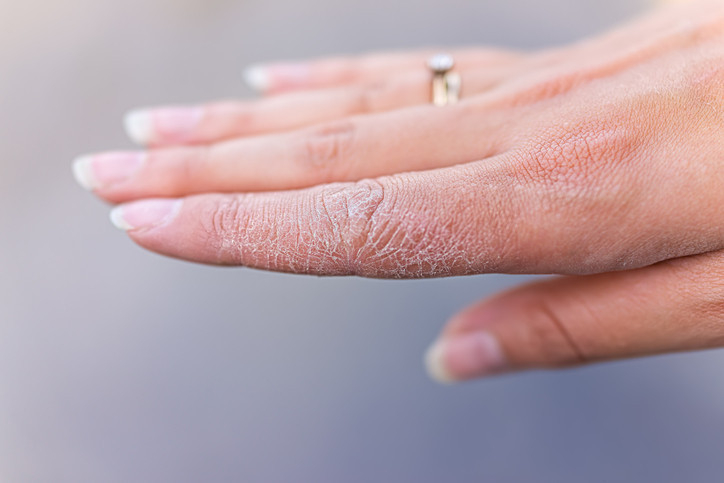
Dry, Damaged Skin 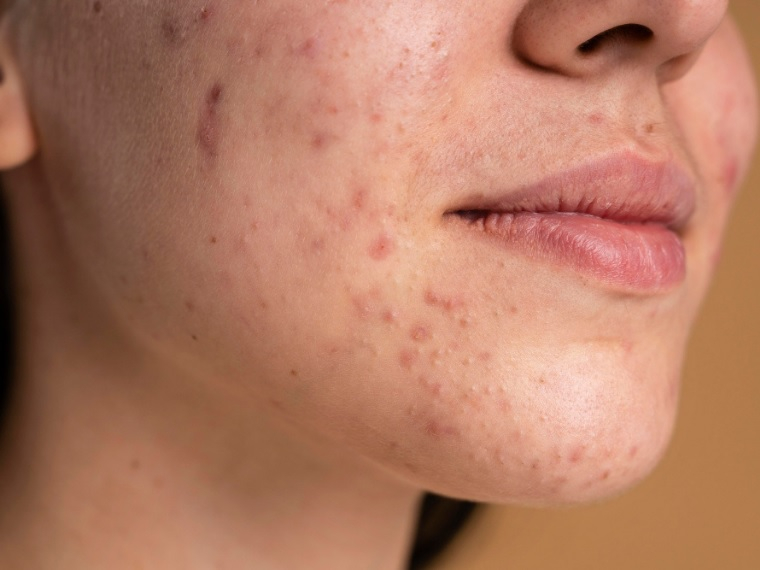
Dry, Damaged Skin -
Vitamin C helps in the production of collagen, a protein that helps maintain your blood vessels healthy. You may find that you bruise easily if you don't receive enough vitamin C in your diet. While low vitamin C levels are uncommon, it is more likely if you smoke.
When blood vessels under the skin rupture, blood leaks into the surrounding areas, causing bruising. Because poor collagen production causes weak blood vessels, easy bruising is a typical indication of vitamin C deficiency. Bruises caused by deficiency might cover large areas of the body or appear as small purple patches beneath the skin. As a result, one of the first obvious symptoms of a deficiency is easy bruising.
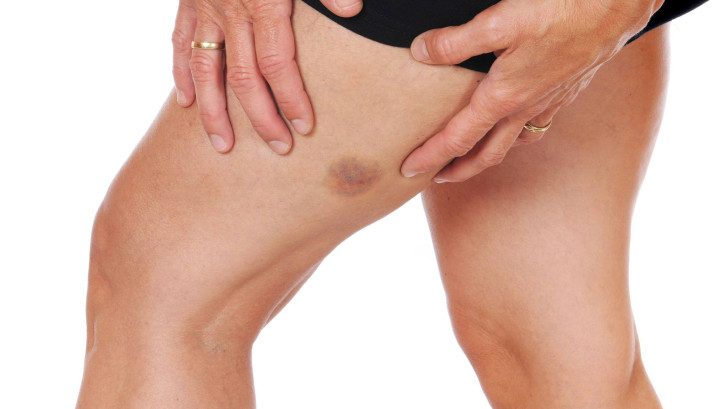
Easy Bruising 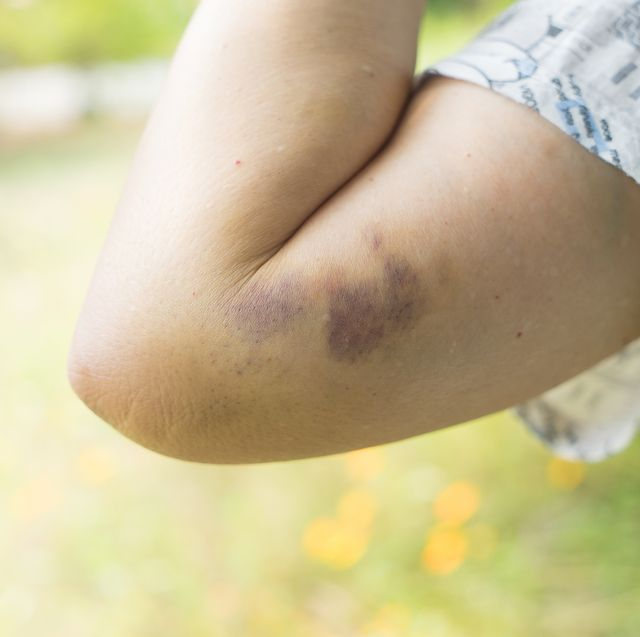
Easy Bruising -
If a wound has not healed considerably in four weeks or completely in eight weeks, it is considered chronic. A chronic wound is a skin wound that does not heal, heals slowly, or heals but recurs.
Wounds heal more slowly when vitamin C deficiency slows the rate of collagen formation. People with chronic, non-healing leg ulcers are considerably more likely to be vitamin C deficient than those without chronic leg ulcers, according to research. Old wounds may reopen in severe cases of vitamin C deficiency, increasing the risk of infection. Slow wound healing is one of the most advanced signs of deficiency, and it is usually not seen until after a patient has been deficient for a long time.

Slowly Healing Wounds 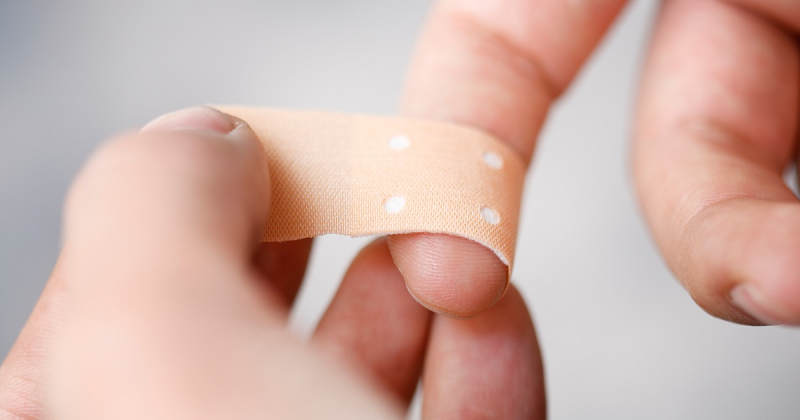
Slowly Healing Wounds -
Joint pain and swelling symptoms differ from person to person and are depending on which joints are affected. Stiffness, aches, and a feeling of heat or warmth are frequently associated with the pain and swelling. It can cause difficulty moving around, doing everyday activities and working.
Vitamin C deficiency can affect joints since they contain a lot of collagen-rich connective tissue. Many cases of joint pain linked to vitamin C deficiency have been reported, often severe enough to cause limping or difficulty walking. In people who are lacking in vitamin C, bleeding within the joints can occur, causing swelling and increased discomfort. Both of these symptoms, however, are treatable with vitamin C supplements and usually last within a week.

Painful, Swollen Joints 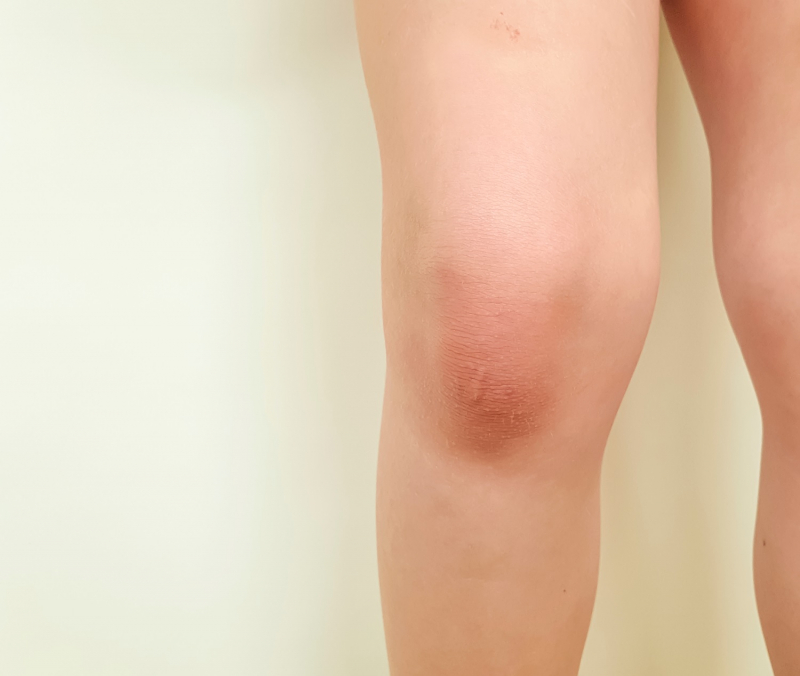
Painful, Swollen Joints -
Bones serve a variety of functions in the body, including providing structural support, protecting organs, anchoring muscles, and storing calcium. While it's critical to have strong and healthy bones during childhood and adolescence, you may also protect your bone health as an adult.
Vitamin C deficiency can have a negative impact on bone health. Low intake has also been related to a higher risk of fracture and osteoporosis. Vitamin C has an important part in bone development, according to research, therefore a deficiency can increase bone loss. Vitamin C deficiency may have a particularly negative impact on children's skeletons, as they are still growing and developing.

Weak Bones 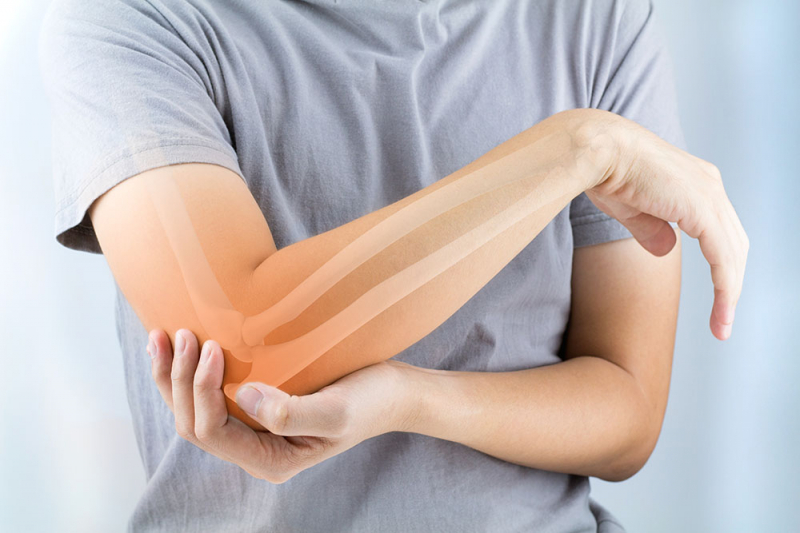
Weak Bones -
Gums that are red, swollen, and bleeding are another sign of vitamin C deficiency. Low vitamin C levels in the bloodstream were linked to a higher risk of gum bleeding. Increased vitamin C intake, according to the researchers, may help in the resolution of issues.
Gum tissue becomes weakened and inflamed without enough vitamin C, and blood vessels bleed more easily. Gums may appear purple and rotten in some stages of vitamin C deficiency. If not treated, this condition advances to gingivitis, or inflamed gums, in which the gums swell, become tender and bleed when brushing or flossing. Gingivitis can develop into gum disease, which is one of the leading causes of tooth loss in adults if not treated.

Bleeding Gums and Tooth Loss 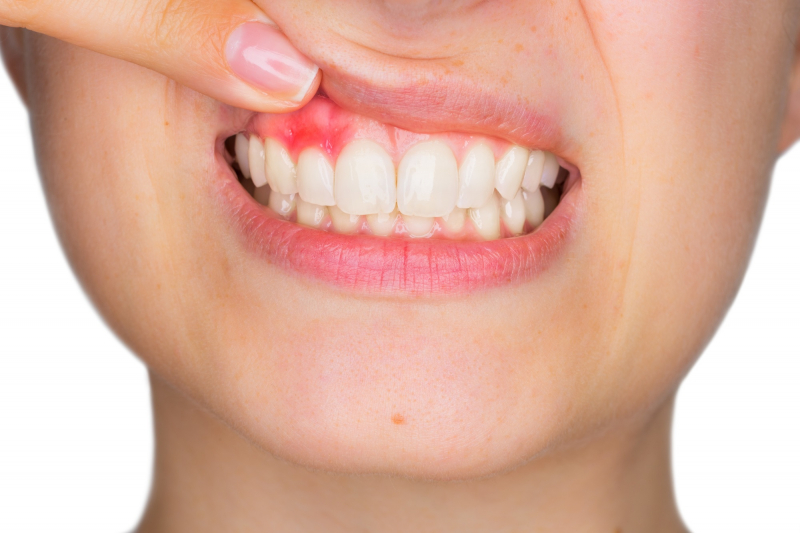
Bleeding Gums and Tooth Loss













